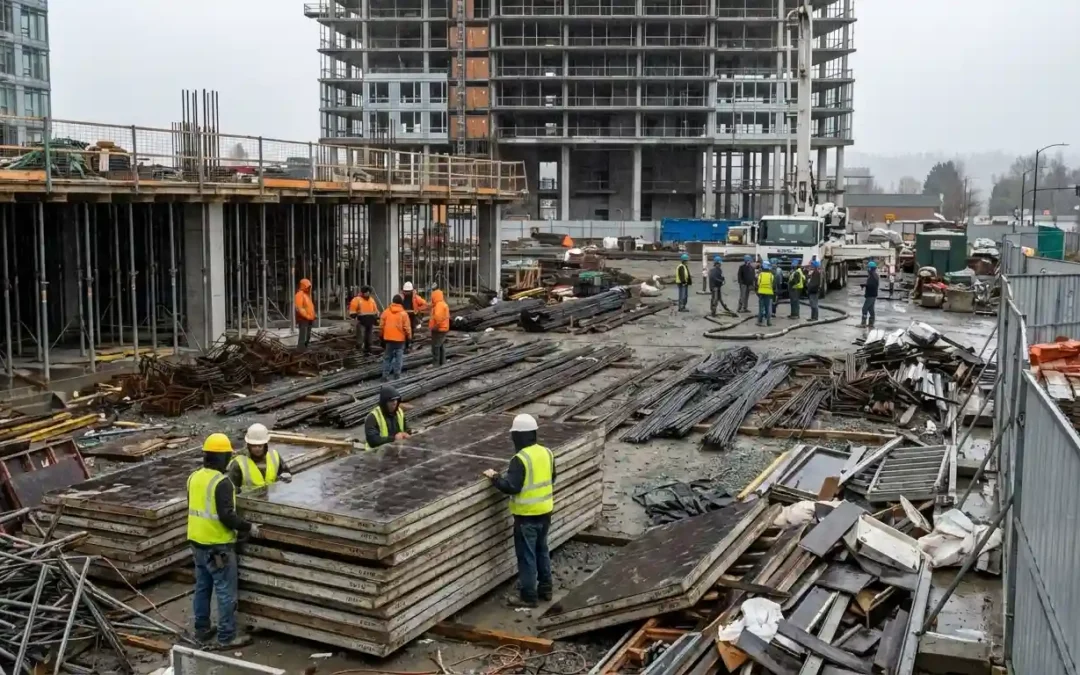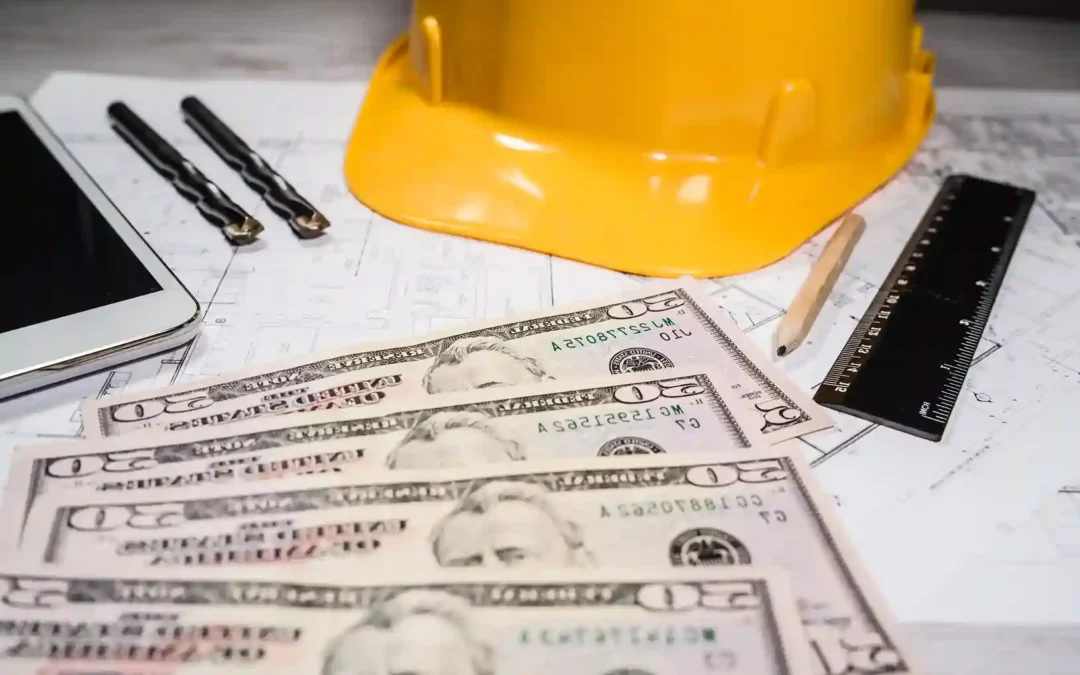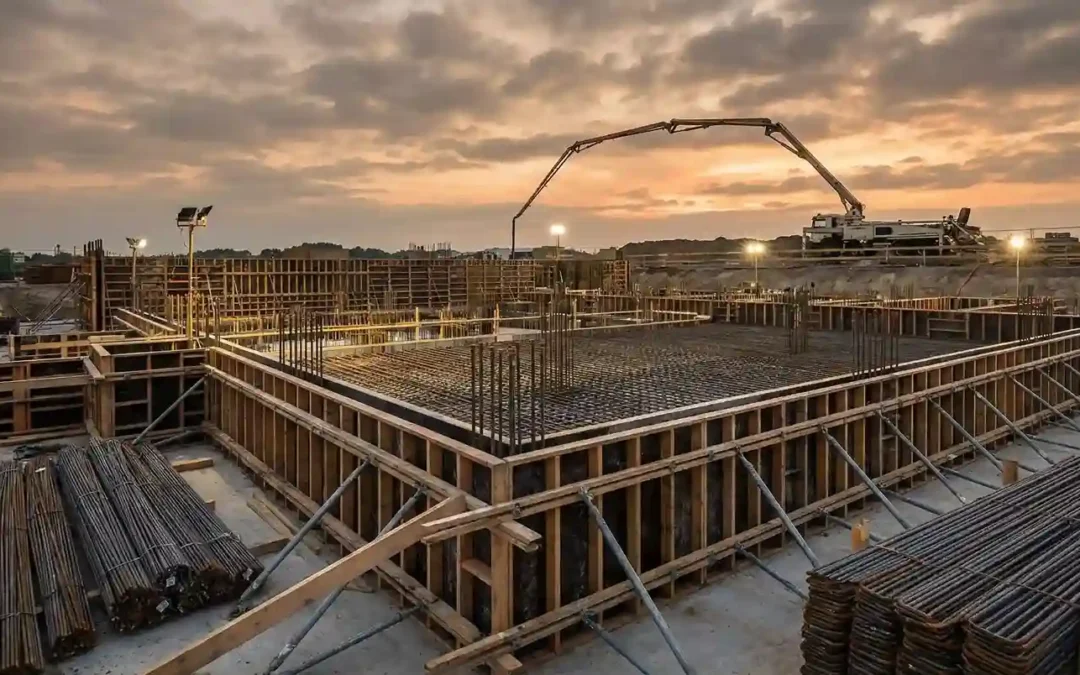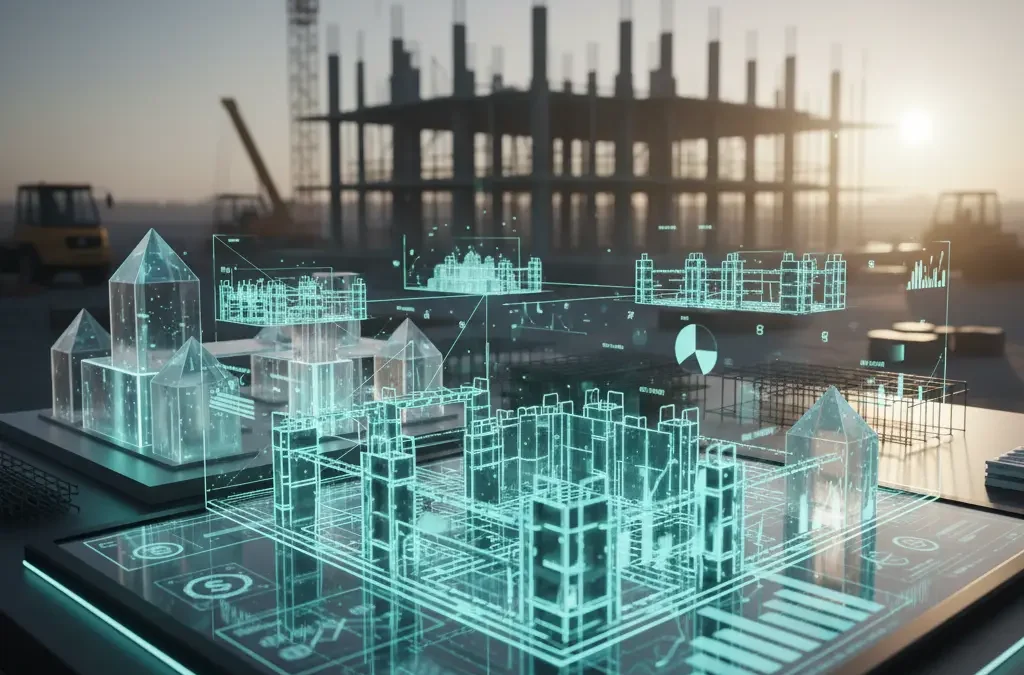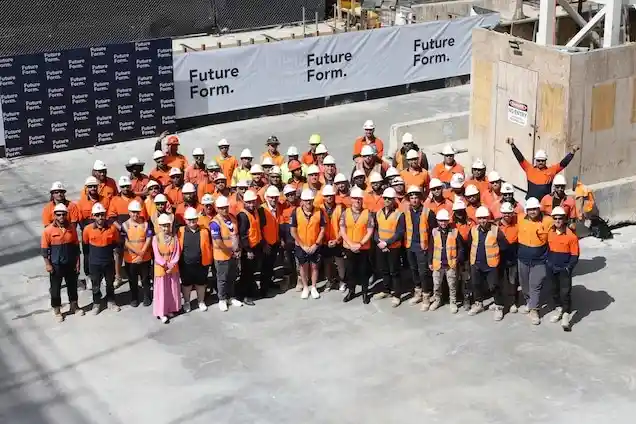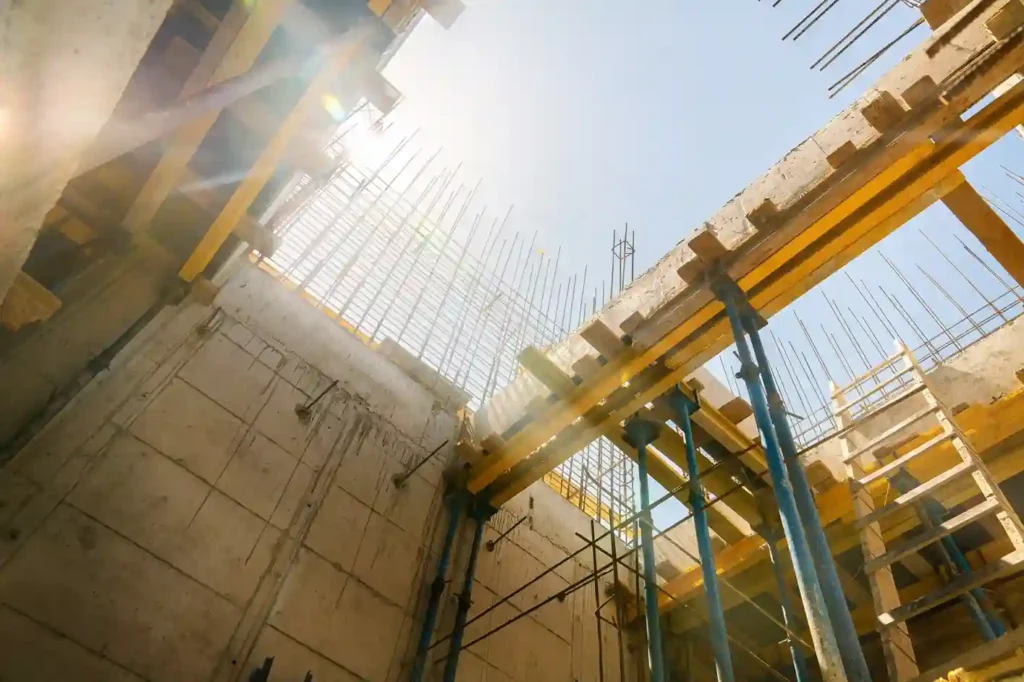
Construction in many countries has significantly evolved, embracing techniques that streamline project timelines, reduce costs, and enhance structural quality. In the modern concrete construction, the FRP process: Formwork, Reinforcement (Reo), and Pouring. But what is FRP, and why is it so important for developers, engineers, architects, industrial partners, manufacturers and inspired builders?
Let’s explore FRP comprehensively to understand better its significance and functionality.
What is FRP? A Simple Breakdown
FRP refers to Formwork, Reinforcement, and Pouring—the essential steps in creating concrete structures. Every phase blends effortlessly to produce strong, secure, and aesthetically pleasing structures.
The Critical Role of Formwork
Formwork serves as the essential base for concrete structures. Traditionally, formwork has led to issues like waste, schedule delays, and rising expenses. Innovations such as jumpform and slipform have effectively tackled these challenges. Remarkable Australian projects like Waterloo OSD highlight advanced formwork technologies that facilitate swift construction while maintaining high standards of quality and safety.
Key Features of Advanced Formwork:
- Precision Engineering: Cutting-edge 3D modelling guarantees precise design.
- Time and Cost Efficiency: Minimizes labor and speeds up the construction process.
- Sustainability: Using materials that can be reused and recycled.
Understanding Reinforcement (Reo): Strengthening Structures
After formwork, reinforcement bars play a vital role. Concrete performs exceptionally well under compression, yet it needs extra support to handle tension effectively. Reinforcement bars greatly improve the durability of structures, making them crucial for diverse weather conditions.
Proper reinforcement placement is essential for compliance with Australian Building Standards (AS3600), vital for maintaining structural integrity and durability.
Pouring Concrete: The Final Phase
Mixing concrete requires extreme attention to detail and careful preparation. Pouring with precision demands well-timed techniques and skilled management to avoid structural imperfections, like air pockets or uneven distribution.
Complex pour sequences, like those in Canberra’s TP Dynamics Hotel, emphasize the need for competent management to ensure structural integrity and effective project
Benefits and Innovations in FRP Techniques
Integrated FRP techniques are widely recognized in the construction sector for improving project management, guaranteeing quality assurance, and achieving financial efficiency. Seamless integration enhances communication, minimizes mistakes, and maximizes resource efficiency, leading to a significant drop in overall project expenses.
At the same time, modern developments like digitisation and automation, sustainable materials, and modular and prefabricated systems are reshaping FRP techniques. Cutting-edge Building Information Modelling, AI-driven analytics, eco-friendly materials, and off-site prefabrication are enhancing accuracy, minimizing environmental footprints, and speeding up construction schedules.
Practical Advice for Implementing FRP
To ensure successful FRP adoption, developers must:
- Get Involved Early: Work together with architects, engineers, and specialists right from the beginning of the project.
- Prioritise Quality: Investing in outstanding quality materials and expert professionals minimizes long-term risks.
- Compliance Checks: Consistent alignment with Australian building codes and standards guarantees the success of your project.
Choosing Future Form: Partnering for Success
Choosing a suitable partner for FRP processes is essential for ensuring success in contemporary construction projects. The level of complexity and accuracy required by modern construction techniques highlights the necessity of collaborating with a skilled, informed, and creative partner.
Future Form sets itself apart by providing a cohesive FRP strategy, highlighting creativity, eco-friendliness, and effectiveness. Customized solutions address various construction requirements, minimizing risks, enhancing timelines, and achieving outstanding quality results. Future Form’s expertise ensures the successful execution of intricate developments and high-rise constructions.
Real-World Insights: FRP Projects in Action
The Waterloo Overstation Development (Waterloo OSD) project in Sydney shows the effective application of the FRP technique. This exciting project included the creation of two new towers rising above the current Waterloo Metro Station. Notable features comprised specialized vertical formwork systems, including crane-lifted core boxes, steel formwork for perimeter walls, and horizontal formwork panel systems thoughtfully employed to boost project efficiency. These innovative methods greatly sped up construction, ensured structural stability, and highlighted the practicality and efficiency of integrated FRP processes.
In the same way, the TP Dynamics Hotel in Canberra showcases the significance of FRP techniques for detailed architectural designs and advanced pour sequences. This project skillfully addressed challenging site conditions and strict timelines, showcasing how careful planning and execution in FRP can result in outstanding results. Expertly crafted formwork, precise reinforcement placement, and thoughtfully executed concrete pours came together to create a structure that is not only high-quality and durable but also visually impressive.
Building the Future Together
Understanding the FRP process is crucial in modern construction. Expertise in formwork, reinforcement, and pouring techniques greatly boosts efficiency, sustainability, and the strength of structures. Through continuous innovation, FRP is reshaping the construction landscape.
Future Form is dedicated to support construction professionals, developers, and forward-thinking clients with a range of innovative FRP solutions. Partnering with Future Form grants you access to cutting-edge techniques, deep industry knowledge, and personalized support designed just for your project. Uncover the potential of Future Form to transform your construction dreams into reality by browsing our project portfolio or contacting our expert team today.
References
Future Form. (n.d.). Projects. Retrieved from https://futureform.com.au/projects/
Standards Australia. (2018). AS 3600:2018 Concrete structures. Sydney: Standards Australia.

